Copan, Honduras (also known as “Copán Ruinas”) is worth two to three full days of any Central America travel itinerary, but can be covered in one full day if time is particularly tight. I spent three days there in October of 2014 after a somewhat tortured border crossing from Guatemala to Honduras.
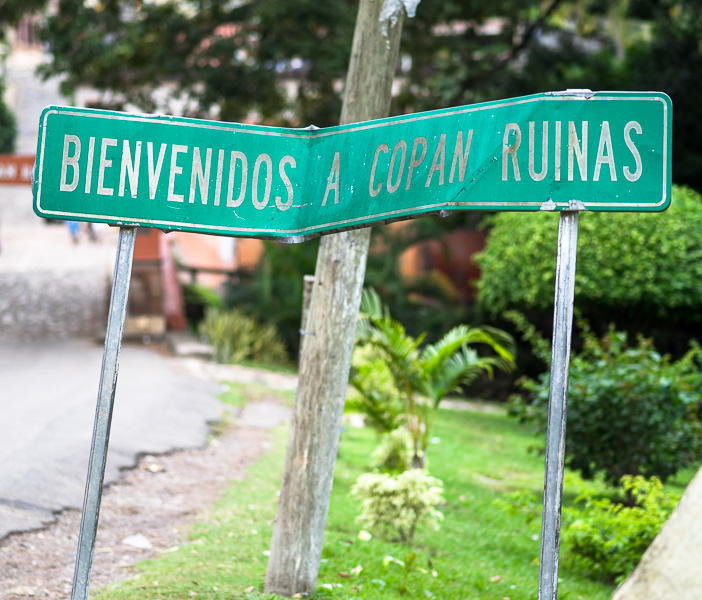
The Obvious Thing To See: The Mayan Ruins of Copan, Honduras
Everyone goes to Copán for one thing above all else: a visit to the Mayan ruins of Copán – an ancient Mayan site that held considerable power and influence between the fifth and ninth centuries (AD). Admission to the main ruins site of Copán costs $15 US.
I know, I know. So maybe you’ve been traveling in Mexico and Guatemala and you’ve seen enough ruins sites to consider yourself “RUINED”. But the thing is, Copán is just a little bit different than the others, and it still warrants a visit.
Myself: I’ve been to basically every major (well, popular) Mayan ruin site aside from Palenque (Chiapas, Mexico) and sometimes I honestly dread visits to touristic sites like these. I’ve found myself bored at Mayan sites in the past, for sure. But I went anyway, and I actually liked it and spent about five hours there in total (though most people should be able to see the whole site in two to three hours). I did not hire a guide, but wouldn’t advise against it if you’re in a group. I just prefer to wander, personally!
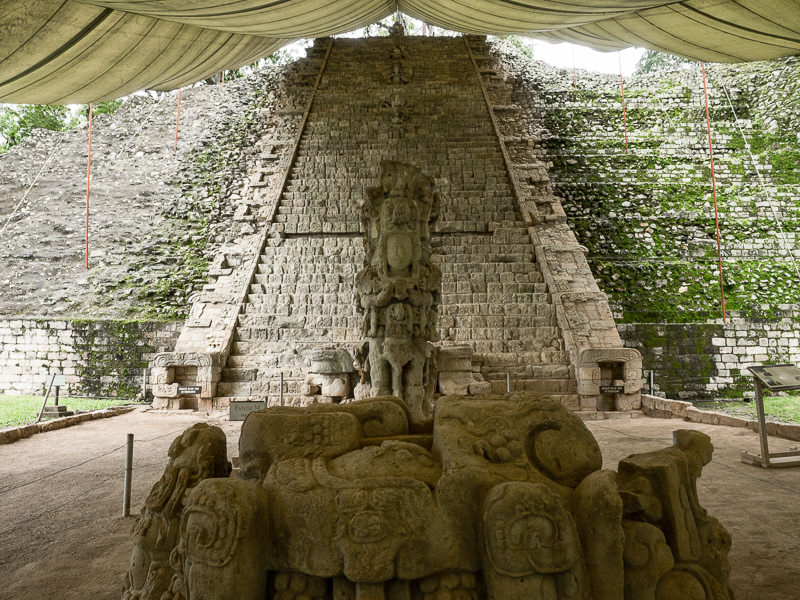
The hieroglyphic stairway of 2200 glyphs, built in the eighth century, and unique to Copán. It’s covered by a huge tarpaulin to prevent further damage by the elements.
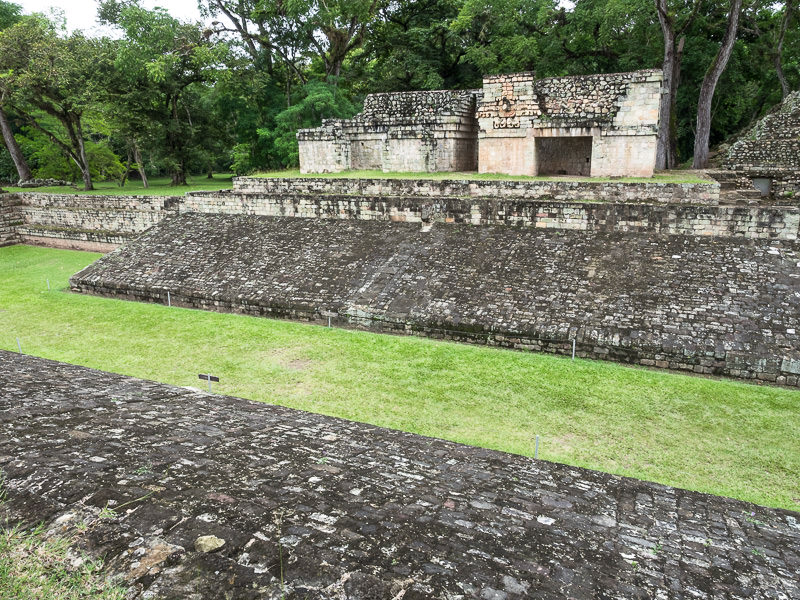
The main ball court of Copán.
The ruins of Copán don’t tower over you like those at Tikal (in Guatemala). This isn’t a “massive imposing pyramid” ruins site so much as it is more a site that shows greater artistic detail than the other major sites. I know, it sounds boring. But it wasn’t boring, even for an complaint-filled curmudgeon like me.
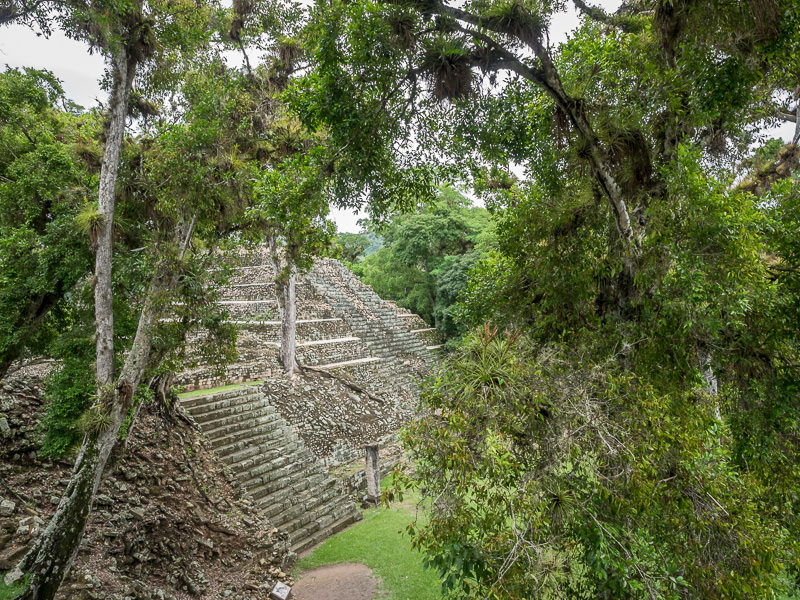
Then again, I wouldn’t say this is a SMALL pyramid. Structure 16, Copán.
What really makes Copán unique is its stelae. Stelae (English, plural of “stela”, or “estela” in Spanish) are carved stone reliefs in the form of obelisks, sometimes featuring hieroglyphs and patterns, other times featuring human faces and figures. They’ve been found all over the Mayan world – but the ones at Copán are some of the most impressive due to the level of detail and complexity in the reliefs. Most of the viewable stelae at Copán were carved between the sixth and eight centuries, under the rule of kings with fun (translated) names like “Smoke Jaguar” (628–695) and “18 Rabbit” (695–738). Unsurprisingly, many of the stelae depict rulers of Copán.
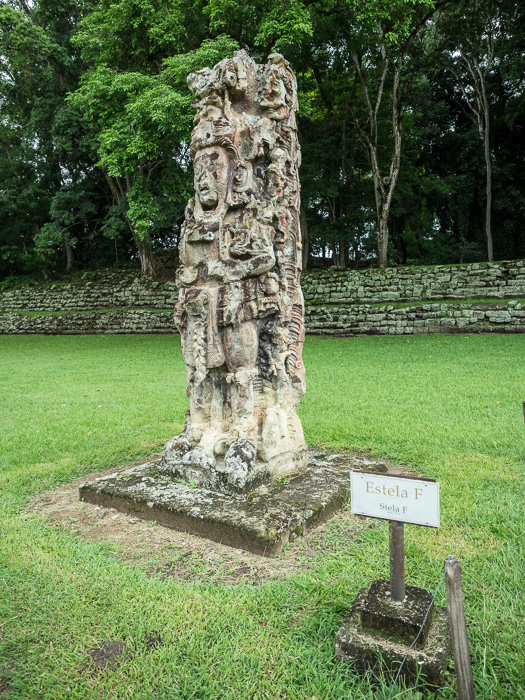
Estela F. All stelae on site at Copán are free-standing stone sculptures.
You won’t really find artistic complexity like this at other major sites, believe me!
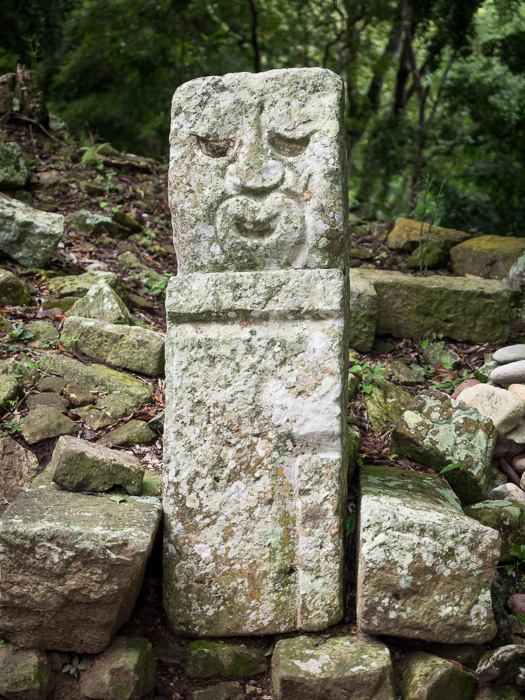
The ancient Mayan world’s first Fred Flintstone PEZ dispenser? No really, I don’t know if this actually qualifies as a stela or not. Probably not.
Another highlight of a visit to Copán’s ruins: free-roaming Scarlet Macaws!
One of the most important symbols of the ancient civilization of Copán is the scarlet macaw, and accordingly, there are semi-wild (or are they semi-domesticated?) scarlet macaws screeching and flying to and fro over both the entry to the main area of the ruins, and over the structures themselves. Between bouts of squawking and circling the ruins in flight, they munch on peanuts in feeding troughs near the entrance of the site. Seems like a pretty good life for a bird.
After you’re through with the main ruins site, you may consider visiting the sculpture museum, which is located near the entrance to the park. BUT KNOW THIS: the Copán ruins sculpture museum requires a SEPARATE TICKET ($15 US) than the main ruins site itself. Accordingly, I would recommend waiting until AFTER you visit the main ruins site to see if you still want to buy a ticket for the museum, as there’s no discount for buying both at the same time.
That said – the museum is nicely laid out with a 1:1 full size replica of an important underground temple of Copán built in the middle, and an open ceiling that allows the entry of pleasant natural light. Stelae and other carvings line the walls along with descriptions in both Spanish and English.
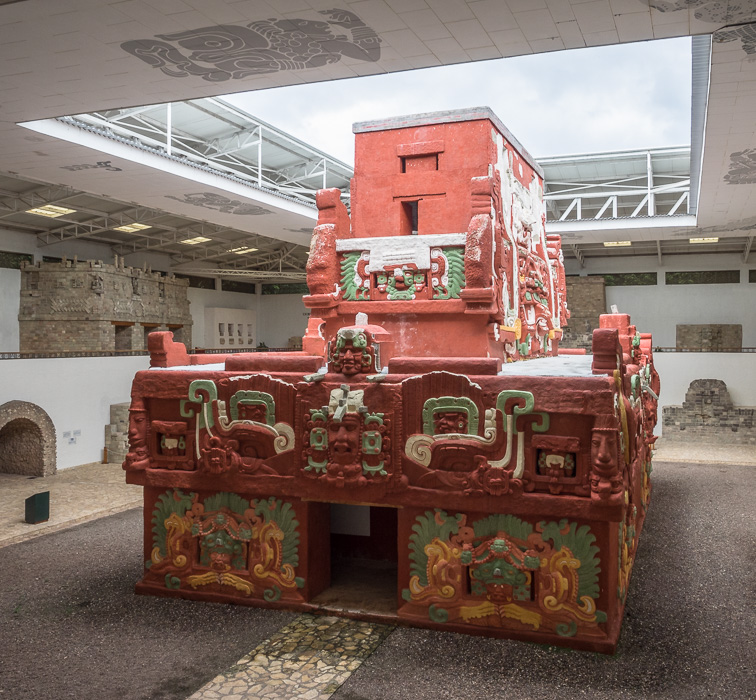
The centerpiece of the museum: a 1:1 replica of the “Rosalila” temple found at Copán’s ruins.
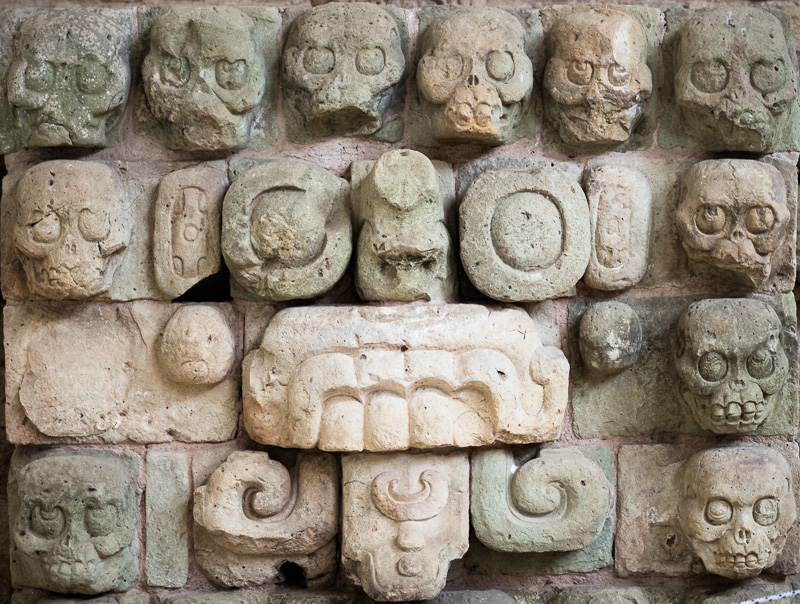
skull wall!
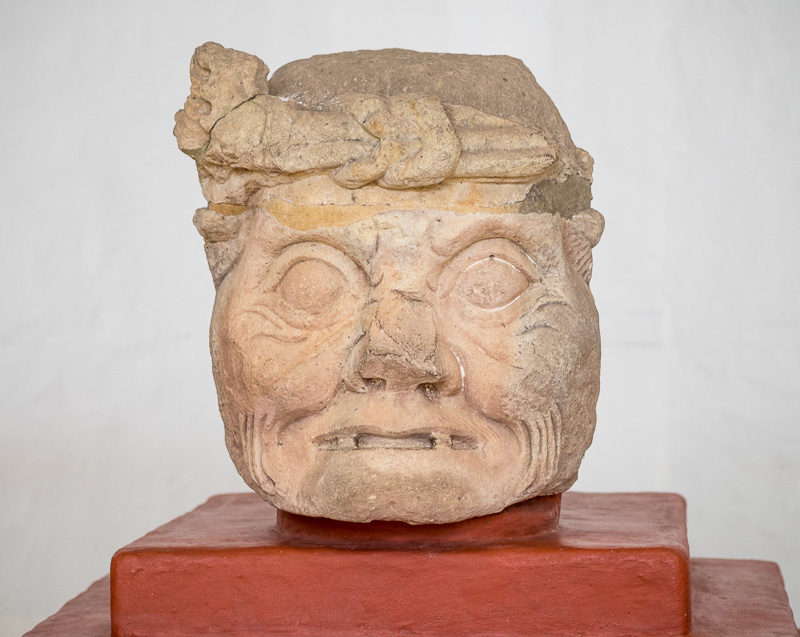
The “old man of Copán”.
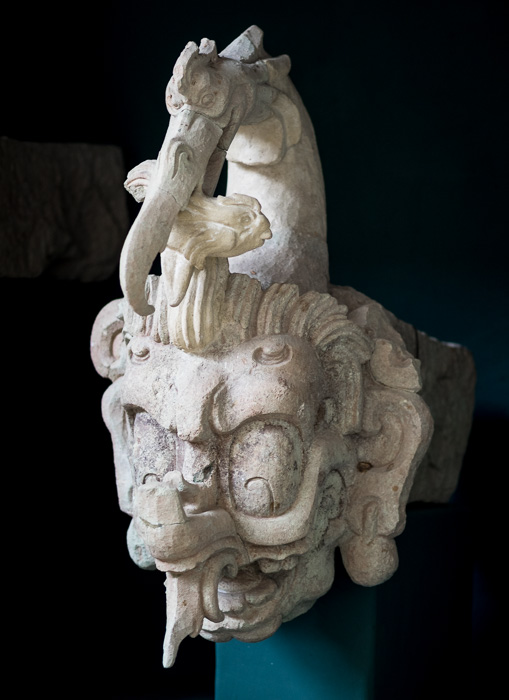
The evil-looking “water bird” sculpture – the highest-relief piece found at Copán.
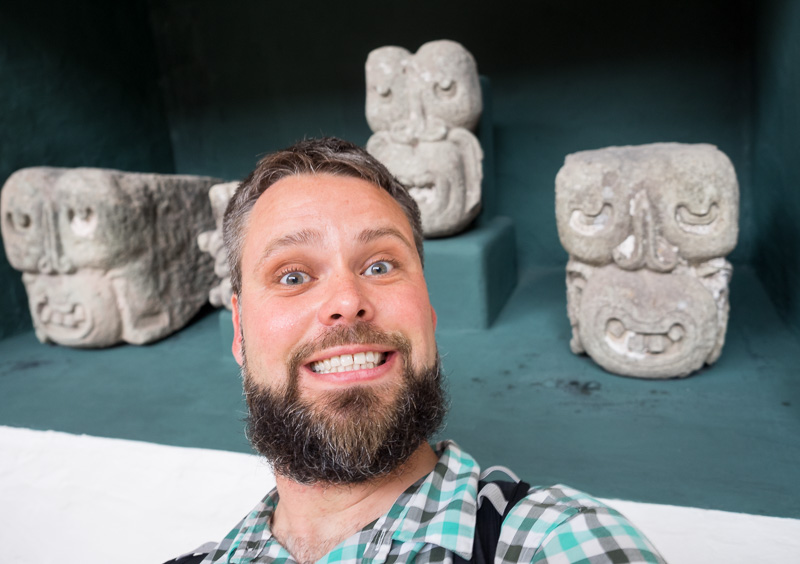
Smiley sculptures.
Aspects of the Copán ruins NOT covered in this post: the sepulturas site of Copán, 4 km away from the main thrust of the ruins. This site is free with your general admission to the ruins site. You can walk there, or take a mototaxi. As you wish. Is it cool and interesting? I have no idea – I didn’t go.
Also, I didn’t pay the additional cost to explore the tunnels in the main site – it just didn’t make sense to pay $15 US to explore something that’s relatively unphotographable. I usually don’t go out of my way to visit underground sites, and generally find them disappointing.
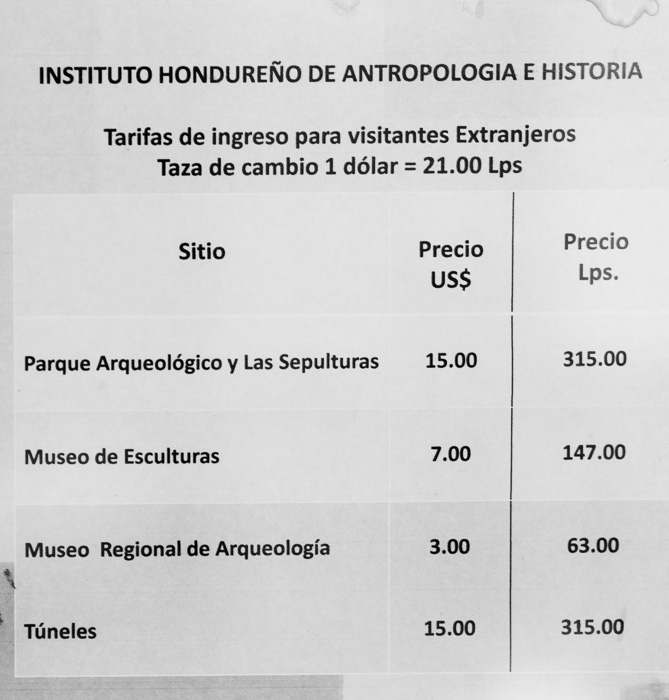
Current prices at Copán’s Mayan ruins as of October 2014.
A visit to the ruins are about as much as many people will fit in in Copán, and that’s ok. Some people even day-trip in from Guatemala, see the ruins, and return to Guatemala in the same day (which sounds even less fun considering that traveling from Antigua, Guatemala to Copán Ruinas takes about six hours each way in a tourist shuttle van!). But there’s a bit more to do in Copán Ruinas, and allocating more time here can be pretty rewarding.
The 2nd Thing You Should Do in Copan, Honduras: See the Birds at Macaw Mountain!
Macaw Mountain is a privately funded bird sanctuary about a 30 minute walk outside of Copán. Admittedly, the name makes it sound like it’s a spot just for kids, but I found it quite interesting and worthwhile as an adult as well.
It doesn’t feel like a zoo, because it’s not a zoo. The park spans nine acres of old growth forest and contains hundreds of birds – most of which are rescues or donations. At least some of these birds will be released back into the wild after rehabilitation.
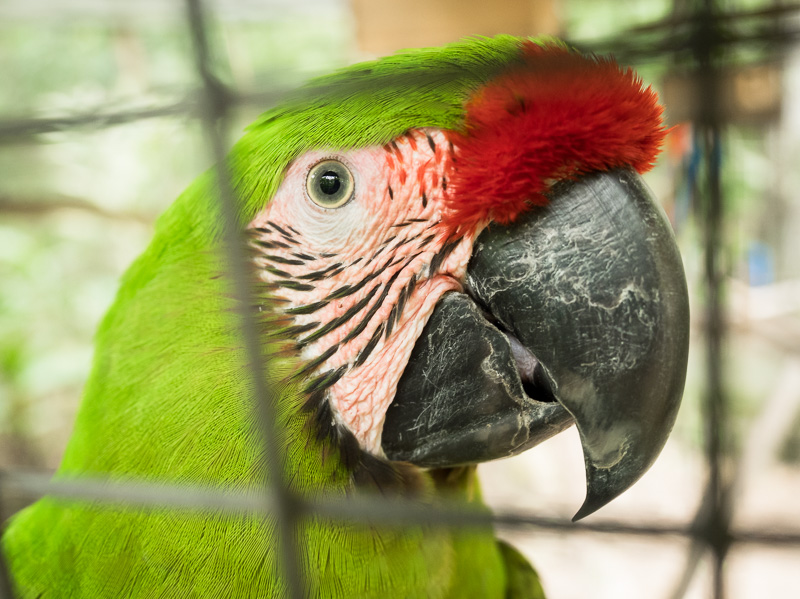
You can get pretty close with a lot of the birds. This Great Green Macaw was quite curious about how my fingers might taste.
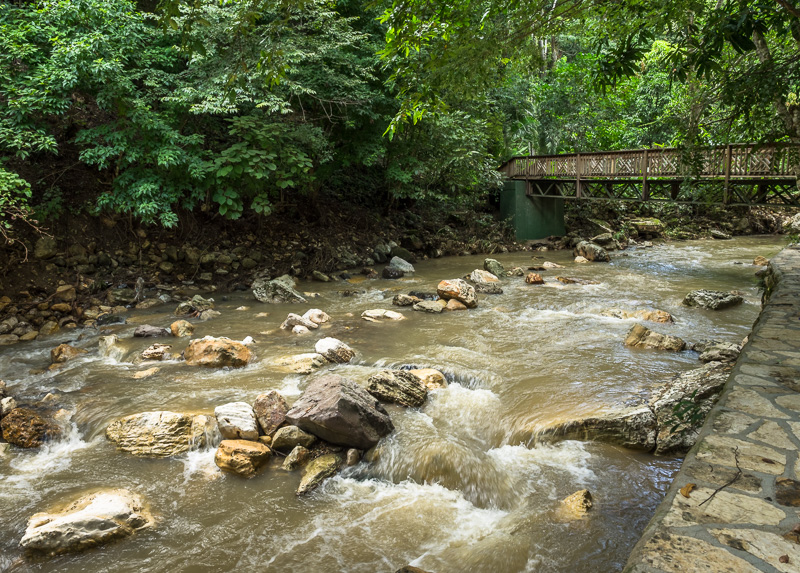
The park winds back and forth across a river and has exhibits on either side.
Macaw Mountain is about a 30 minute walk up a moderate hill, just outside the city center of Copán Ruinas. Tickets are $10 US to enter. Tickets to Macaw Mountain stay valid for three days, so you can go back if you found you didn’t have enough time there on your first go.
Also, Macaw Mountain is “free” when you combine it with a “canopy tour” of 16 zip lines for $45 US. I didn’t realize this at first, and thus paid Macaw Mountain’s admission – and then paid for it again when I decided to go zip lining. Whoops.
More pics!
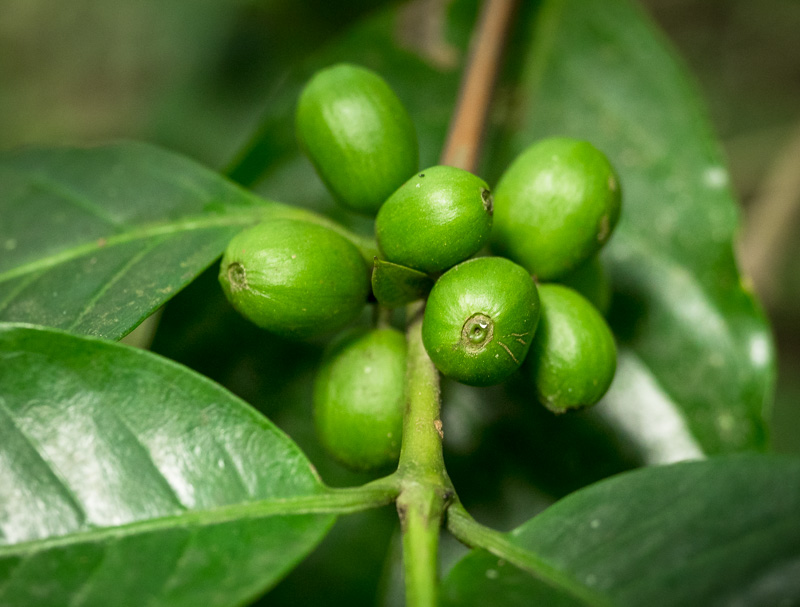
Coffee in progress at Macaw Mountain.
YOU MENTIONED ZIP LINING?
Yep. Zip lining “Canopy Tours” in Copán means coasting down a series of 16 zip lines over two hours. I don’t usually do this kind of “adrenaline” activity on my trips because they’re comparatively expensive to many other ways to spend your day in a developing country. But I splurged on the $45 US activity and had a good time in spite of myself.
Canopy tours can be booked through your accommodation in Copán. The starting point is a short walk from the entrance to Macaw Mountain.
A few photos:
What about the town of Copán Ruinas itself?
The town of Copán Ruinas itself is quite small, and pretty touristic, but not so much so that it’ll make your skin crawl.
I’ve become a bit wary of the “charming colonial town” title that seems to be boilerplate for so many Central American and Mexican towns. I’ve seen so many damn churches and central squares and rotting Spanish architecture to last me years. But here’s the thing: Copán is actually a charming colonial town, and it’s nice.
Around Copán’s central square, there are bars and restaurants run by locals and expats alike, so there’s a variety of food and drink to be had at a variety of prices. I admittedly ate mostly street food as there was plenty on offer around the main square over the weekend.
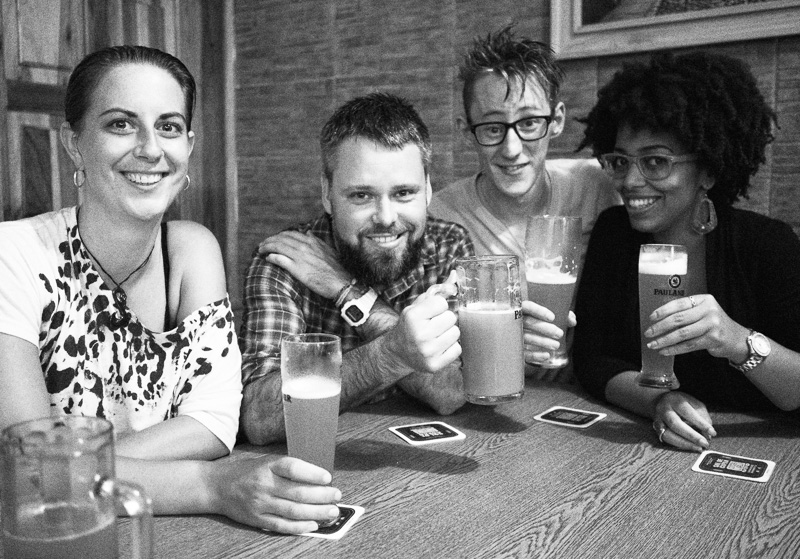
German beers at Sol de Copán.
One of the most unexpectedly funny and pleasant places in Copán was the German-run craft brewery, Sol de Copán, which was run by a German guy with big, friendly presence. Big beers here (Hefeweizen was available at the time I visited!) were 75L – definitely more than the 20L or so you’ll spend at a tienda for a can of Honduran clear beer like Salvavida – so maybe a no-no for strict budgets (because you’ll need to drink two or three while you’re there). They offer food as well.
A few photos from my time in the city:
But.. but.. Honduras is rumored to be dangerous – is Copán safe to visit?
Copán is a small city, centered around a central square, featuring significant police presence (probably to KEEP the city tourist-friendly as much as anything) and it feels pretty safe. Walking around at night didn’t give me the heebie-jeebies or anything, but I’m guessing it’s probably best to stay close to the center when the sun’s down (Why wander off, anyway? It doesn’t make sense.).
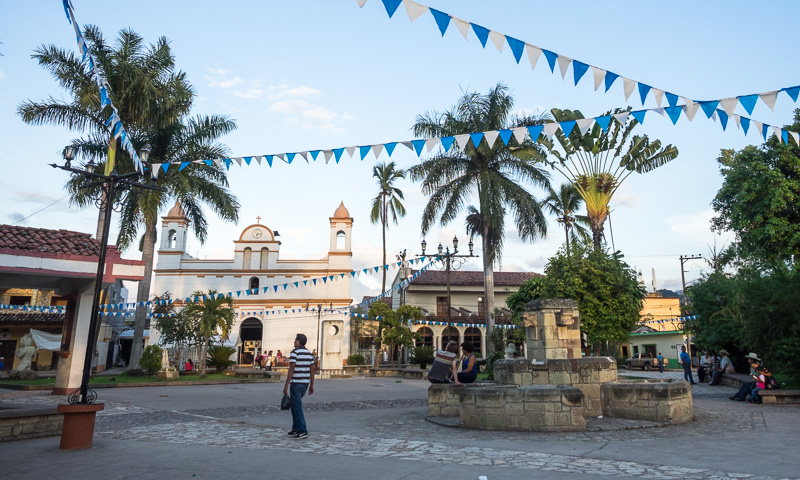
Planning a daily schedule for your trip to Copán:
To me, one day isn’t really enough for this place, but I know a lot of us are on tight schedules. Here’s how I recommend scheduling if you have limited time:
If you have ONE full day in Copán (sleep two nights in Copán):
- Wake up early, walk to Copán Ruins, enter at 8:00 AM.
- Spend three to four hours at Copán Ruins. Consider including the on-site sculpture museum, but skip the sepultura site (you probably won’t have time for it).
- Walk back to the city, have lunch in town.
- Hire a moto taxi from the city center to Macaw Mountain.
- Spend one to two hours at Macaw Mountain.
- Walk down the hill to town, or hire a moto taxi for return.
- Sit in Copán’s central park for sunset and watch the locals come and go.
- Have dinner in town.
With TWO full days in Copán (three nights), you can relax things a little.
Day One
- Wake up early, walk to Copán Ruins, enter at 8:00 AM.
- Spend three to four hours at Copán Ruins. Visit the sculpture museum as well.
- Hire a moto taxi to take you to the sepulturas area of Copán Ruins (it’s about 4 km away) and check it out as well.
- Return to the city. You’ll be tired and hungry at this point, so just take the rest of the day off and do with it what you will. Relax!
Day Two
- Start the day with an activity: ride horses in the hills with a guide ($15 per person, three hours), or go zip lining for ($45 per person, about two hours).
- Visit Macaw Mountain in the afternoon ($10 per person, or included in the cost of zip lining). Spend one to two hours here. Walk back down the hill to town, or take a moto taxi.
- Spend the afternoon and evening in town at a local restaurant. Ask your accommodations if there are good nights to step out for drink specials or activities like salsa nights.
With three full days in Copán, you can relax things further and just enjoy yourself. Nothing wrong with that. More time than that could even be quite nice here – I wouldn’t advise against it!
An idea of daily costs in Copán, as I experienced them:
$1.00 US = 21.32 Honduran Lempiras at the time of writing.
- LODGINGS: 128L per night in a dorm bed at Hostal Berakah.
- LUNCH: 50-60L for set lunch in a small local restaurant, or 49L for a baleada and a soft drink.
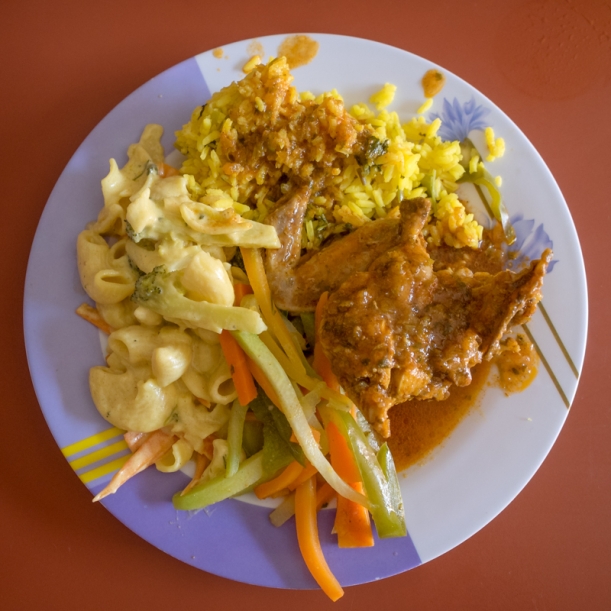
A set lunch of chicken, pasta, rice and vegetables. With a drink, this cost me 60 Lempiras.
- DINNER: 45-90L if you buy it in the street. Prices raise considerably in touristic restaurants.
- TACOS IN THE STREET: 35L for three of ’em.
- DRINKS: 35-45L each for beers or basic mixed drinks
- TRANSPORT: I never took a moto taxi within Copán because everything’s so close together, and I like walking. Zero costs here for me.
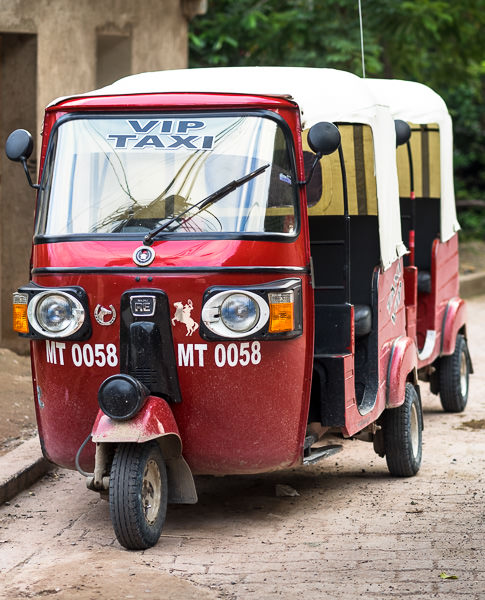
VIP transportation in Copan.
After a rather enjoyable time in Copán, I headed to Utila, one of Honduras’ Bay Islands. Thanks for reading!


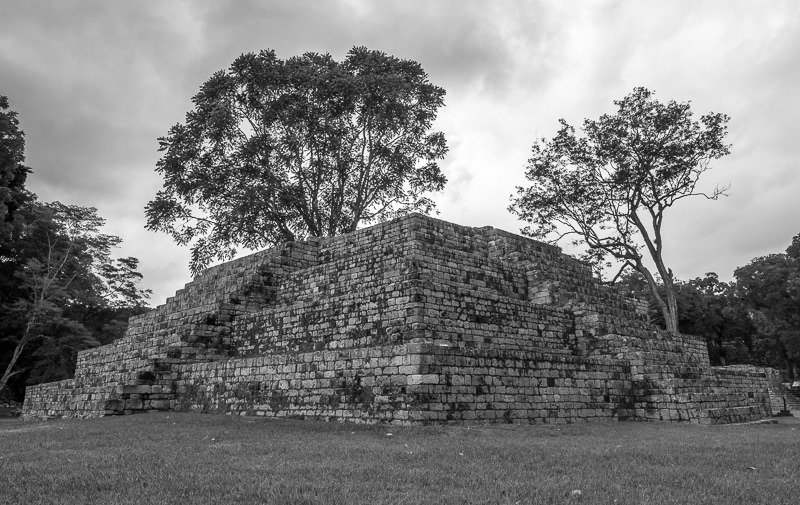
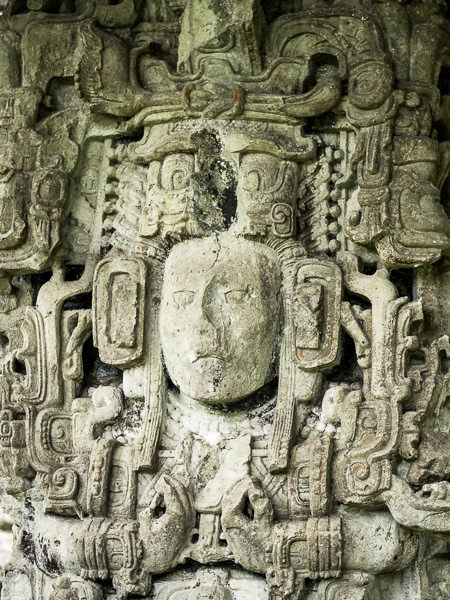
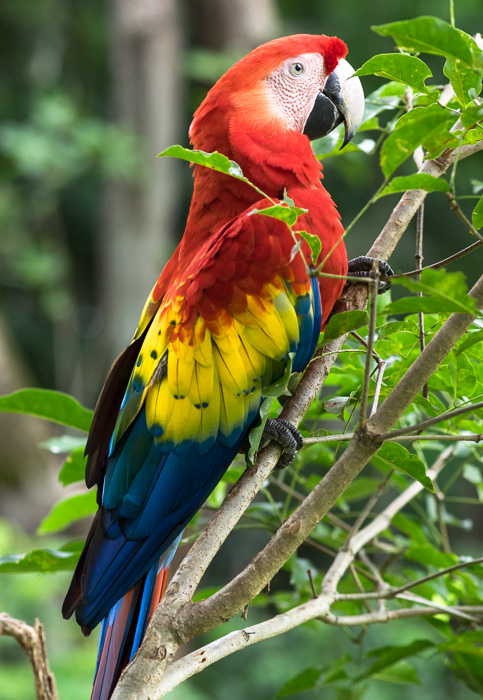
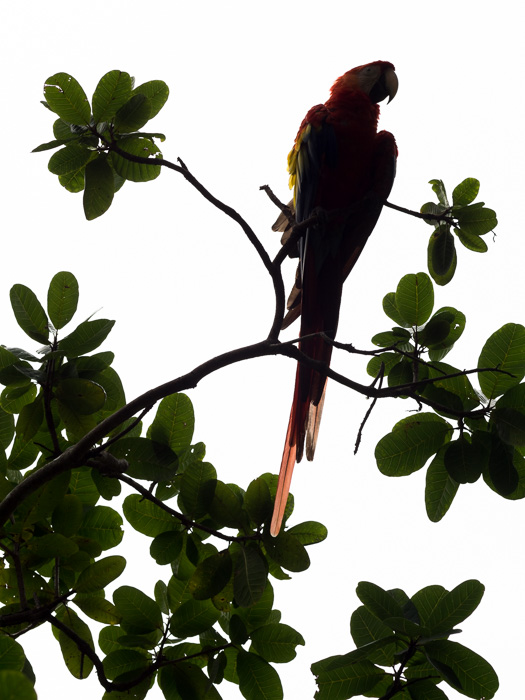
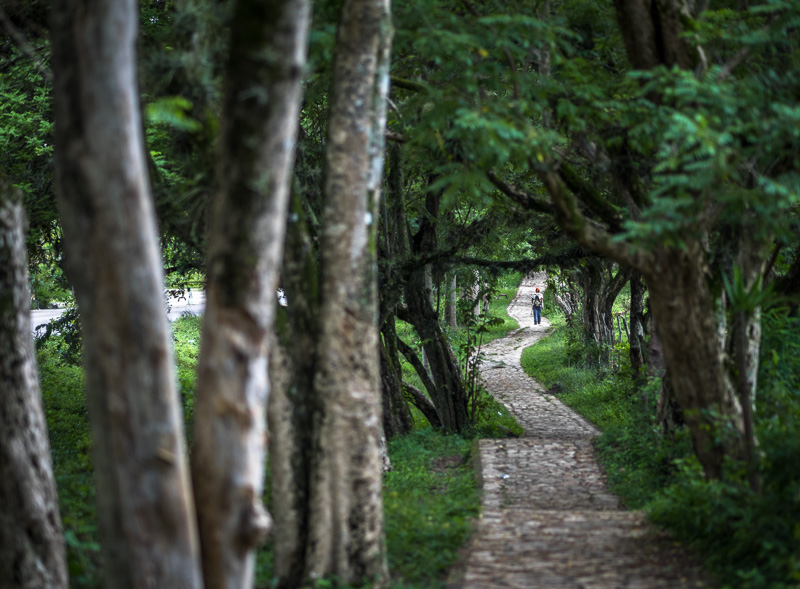
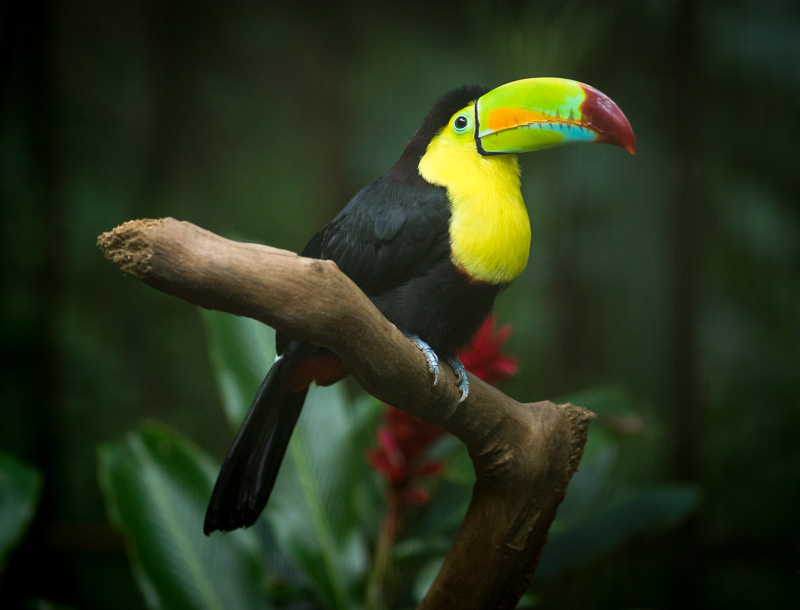
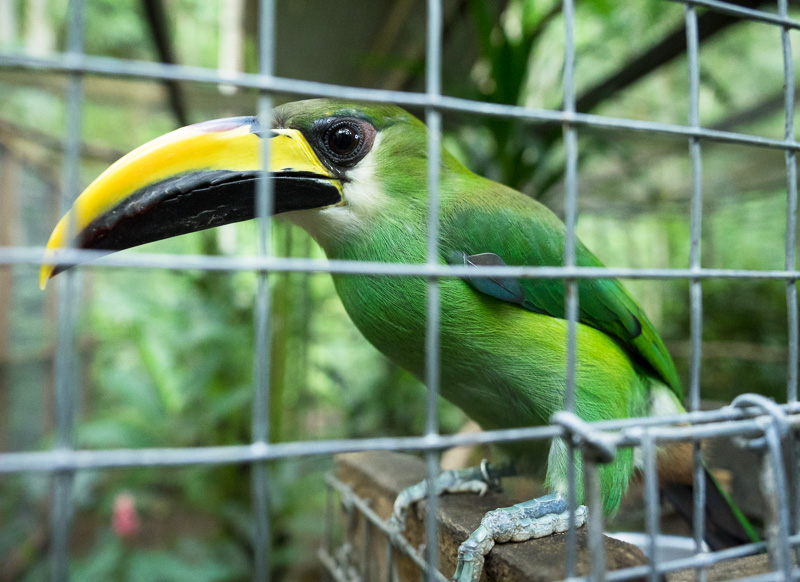
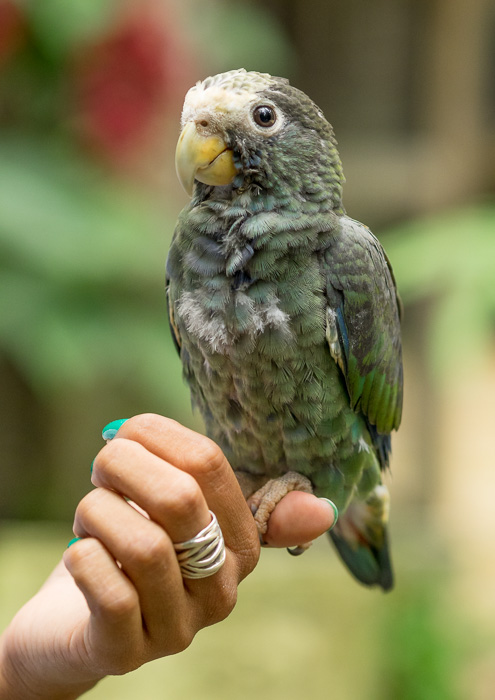
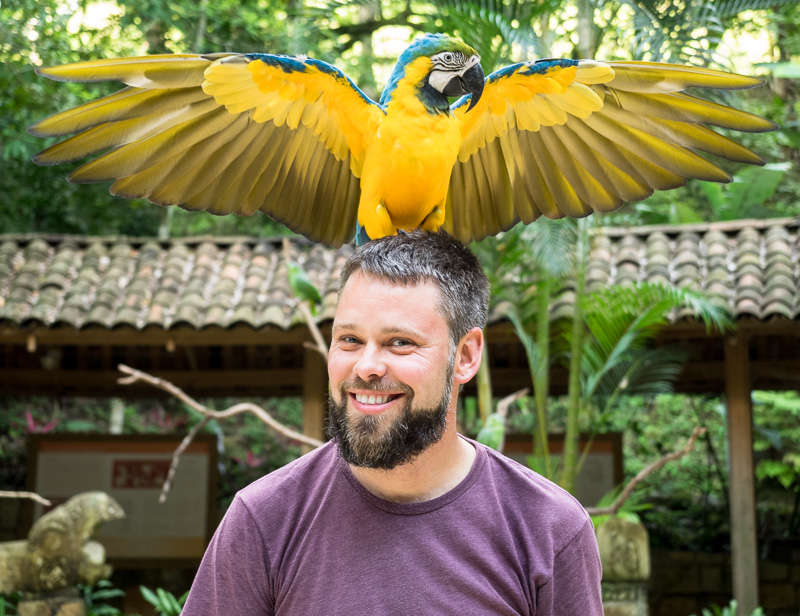
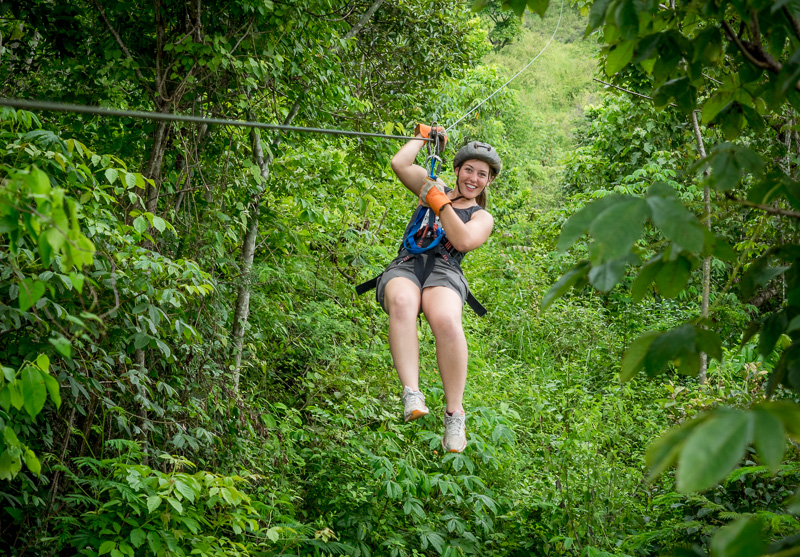
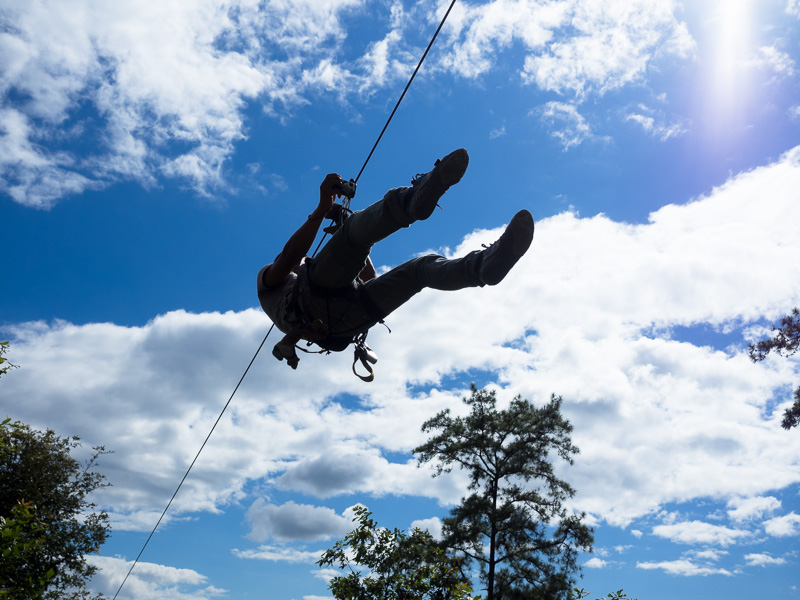
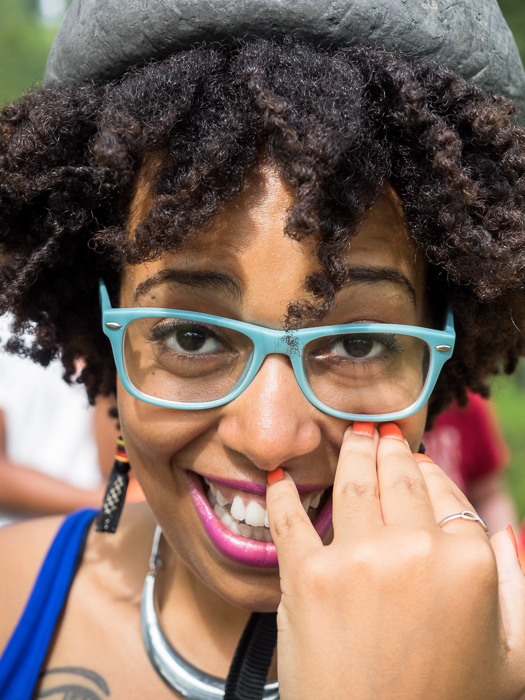
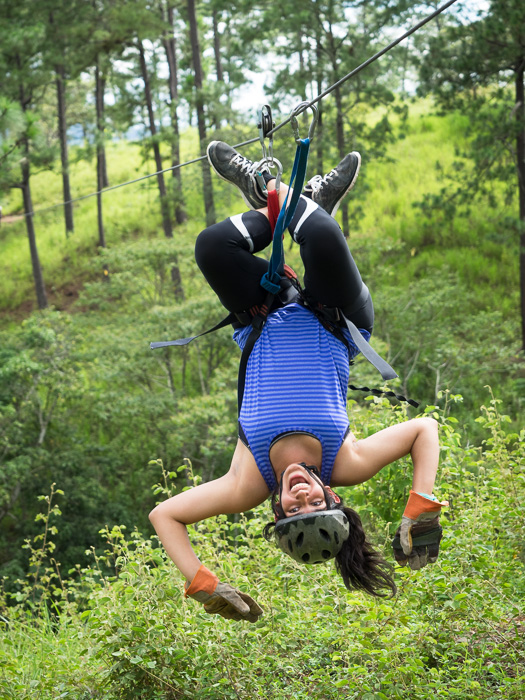
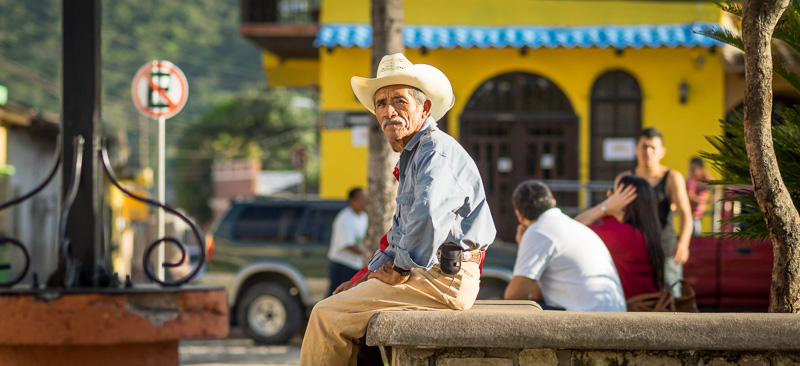
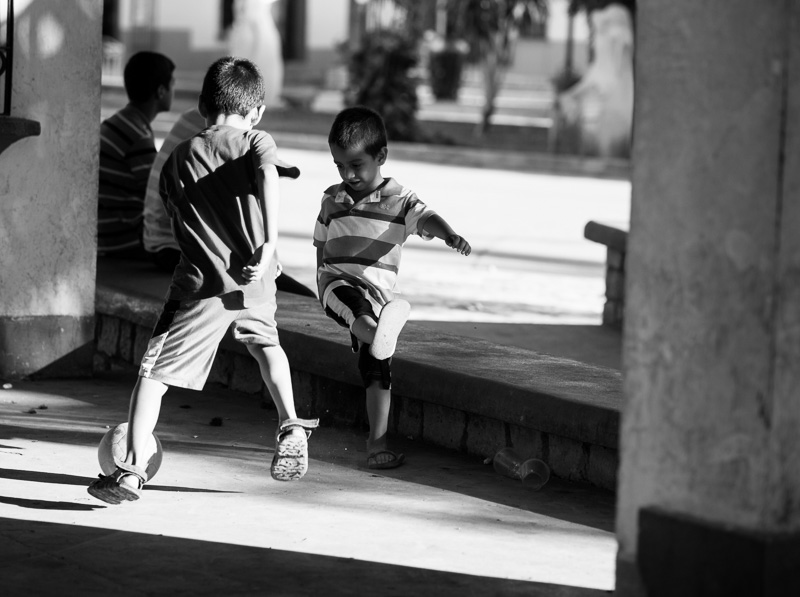
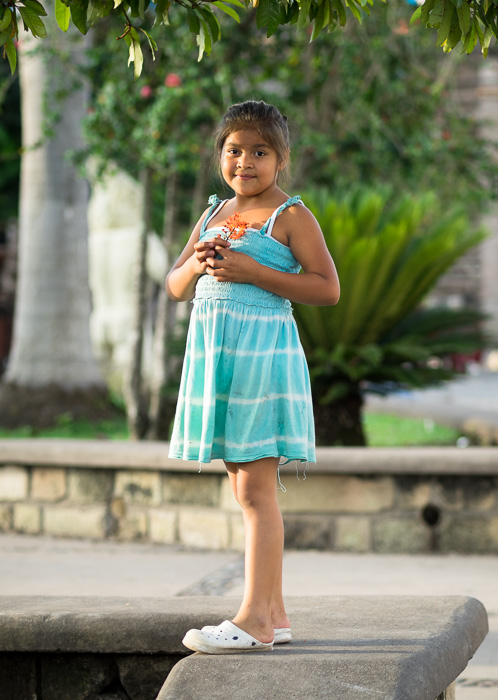

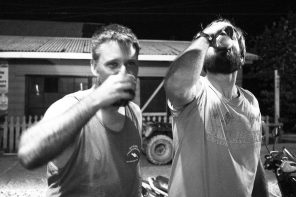
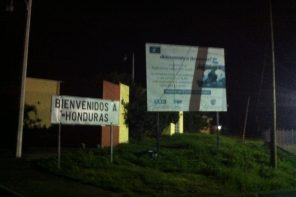
Really enjoy reading your personal travel guide and your pics are always wonderful. Thanks!
Thanks Katha! I’ll be shutting this blog down in the next couple of months and moving everything to http://www.greatdistances.com before long. There’s new content over there as well that’s not hosted here. Thanks!